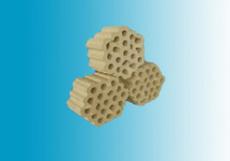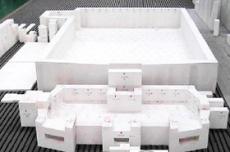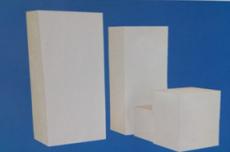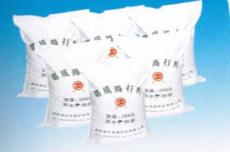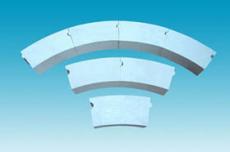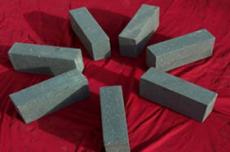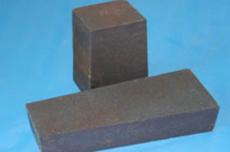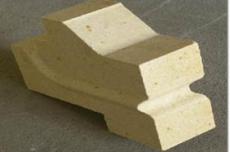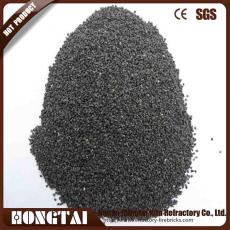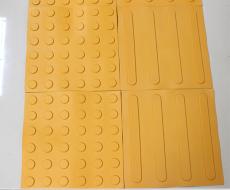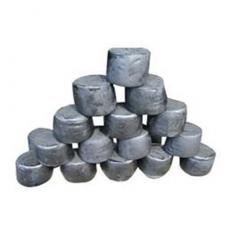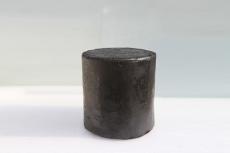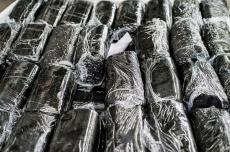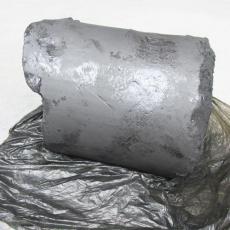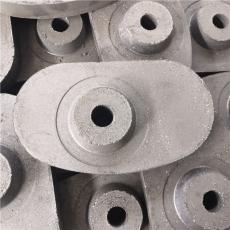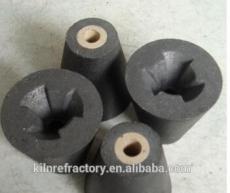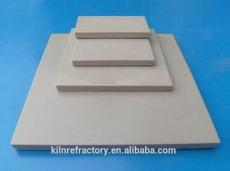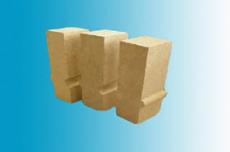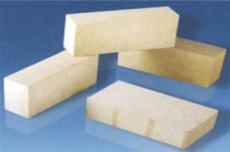
As an energy-intensive industry, the steel industry currently faces problems such as raw material shortages, severe air pollution, and production shutdowns and restrictions. Under the conditions of energy savings and reduction, developing efficient furnaces, increasing productivity, and extending furnace life is the development goal of all refractory industries required by the metallurgical industry. Currently, the use of lightweight mullite concrete is widespread, for example in heating furnaces.
1. Raw Materials for Lightweight Mullite Concrete
Lightweight mullite concrete uses high-quality porous mullite aggregates, pure calcium aluminate cement, mullite powder, alumina powder, silica powder, and a dispersing agent as a composite binder to improve fluidity while reducing the water requirements of the concrete.
2. Properties of Lightweight Mullite Concrete
Lightweight mullite concrete has many advantages.
1) It is suitable for the insulating lining of various kiln equipment, ensuring insulation and energy savings.
2) High strength. When used on the top of a kiln or on a kiln door, it effectively reduces the weight of the structure and improves the insulation effect.
3) Low thermal conductivity and good insulation effect, which can effectively save fuel and reduce heat loss.
4) Simple design and can be cast entirely or as large precast components.
3. Advantages of Using Lightweight Mullite Concrete
Lightweight mullite concrete is used in kilns primarily as a general lining for regenerators. This working layer is used in a high-temperature environment of 1350°C for long periods of time, so it must be able to withstand high and low temperature fluctuations in the kiln and the wear caused by high-temperature gases. The thickness of the concrete during construction is 300-400 mm, and the amount of water added is 18-19%. In practical applications, in addition to its advantages of high construction performance, high-temperature resistance, low thermal conductivity, good insulation performance, and excellent thermal shock resistance, cast concrete has a low cement content and can be in direct contact with the flame due to the combination of fine powder compounds.
Lightweight, castable, environmentally friendly, and energy-efficient, mullite concrete offers excellent advantages in construction performance and high-temperature use, making it an ideal refractory lining for furnace regenerators. It is also widely used in thermal furnaces such as aluminum melting furnaces, boiling kettles, and gasification furnaces.
